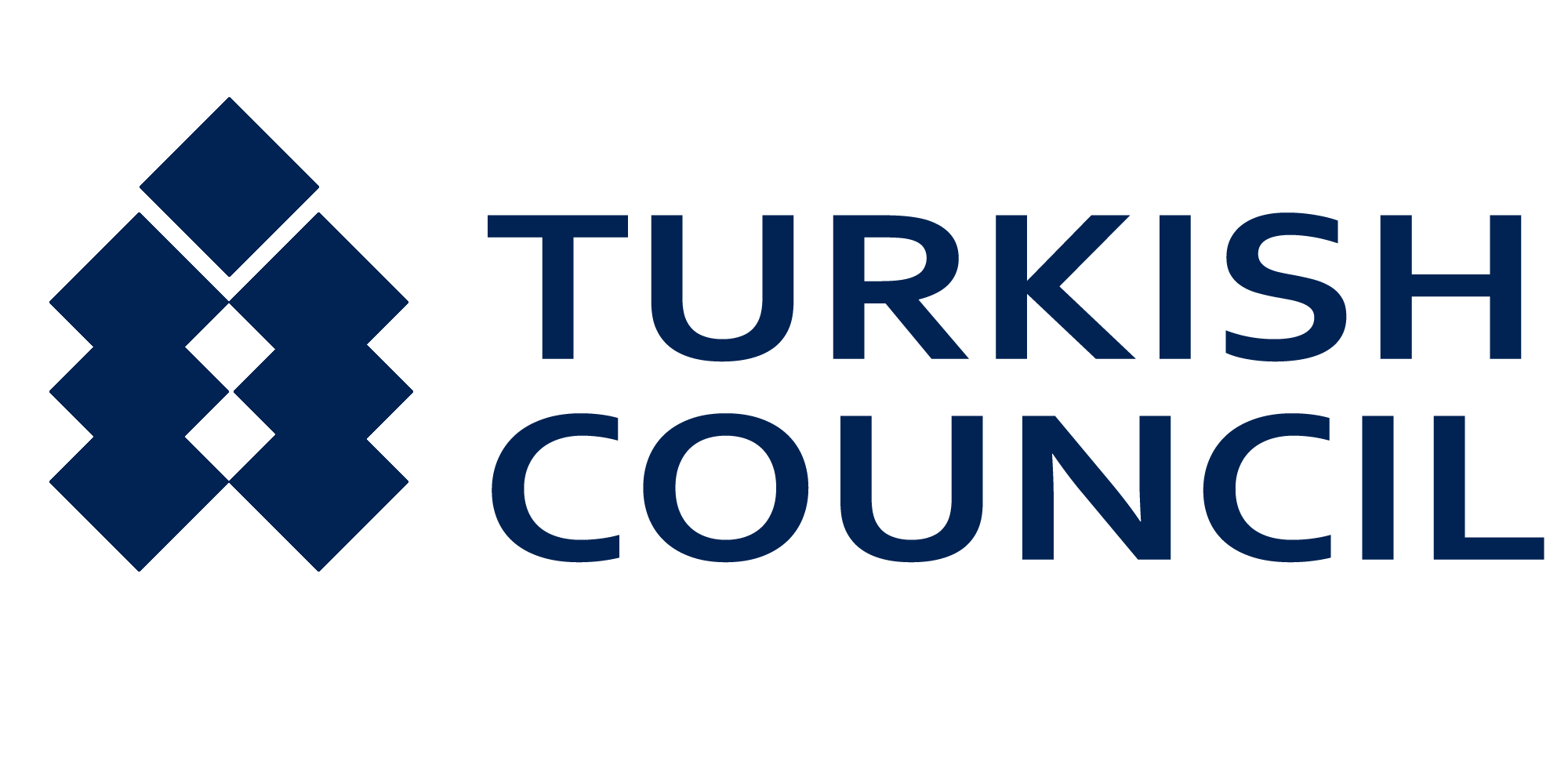Blog
How to Improve Turkish Grammar Skills
- November 1, 2024
- Posted by: Burak Ünal
- Category: Turkish Language

Mastering the grammar of any language is essential to achieving fluency and precision in communication, and Turkish is no exception. At Turkish Council, we understand the challenges that learners face when grappling with the intricacies of Turkish grammar. With its agglutinative structure and unique syntactical rules, Turkish requires a strategic approach to truly comprehend and utilize its grammatical framework effectively. In this blog post, we will delve into actionable strategies and expert tips designed to enhance your Turkish grammar skills. Whether you are a beginner just starting out or an advanced learner looking to polish your grammatical accuracy, the insights provided here will equip you to navigate the nuances of Turkish grammar with confidence. Join us as we explore methods to improve your understanding and usage of Turkish grammar, making your journey to fluency both structured and enjoyable.
Effective Techniques for Mastering Turkish Grammar
One highly effective technique for mastering Turkish grammar is immersing yourself in the language through consistent practice and exposure. Engaging with Turkish media, such as newspapers, TV shows, or podcasts, allows you to see and hear the grammatical structures in context, making abstract rules more concrete. Additionally, practicing writing and speaking regularly can help you internalize grammar rules and recognize patterns more intuitively. At Turkish Council, we emphasize active participation in conversations and written exercises, as these activities force learners to apply grammatical principles and continuously improve their accuracy. The more you expose yourself to authentic Turkish content and practice actively, the more familiar and comfortable you will become with the language’s intricate grammatical systems.
Another key technique for enhancing your Turkish grammar skills is to focus on understanding and utilizing various grammatical resources and tools. Grammar textbooks, online platforms, and mobile apps offer structured lessons that break down complex rules into manageable segments. Utilizing these resources can provide you with systematic and detailed explanations of Turkish grammar, helping you reinforce your learning. Flashcards and spaced repetition systems can aid in memorizing essential grammar points and vocabulary, ensuring long-term retention. At Turkish Council, we recommend integrating these tools into your study routine, allowing you to track your progress and identify areas that need extra attention. By leveraging modern educational technology, you can complement your immersive practice with thorough and targeted grammar study, creating a well-rounded approach to mastering Turkish.
Finally, seeking feedback and guidance from experienced instructors can be invaluable when striving to master Turkish grammar. Personalized feedback helps you identify specific areas where you may be making consistent errors and provides targeted advice on how to improve. At Turkish Council, our experienced teachers offer comprehensive assessments and constructive feedback to help you understand the nuances of the language. Participating in interactive sessions, such as group classes or one-on-one tutoring, allows you to ask questions, clarify doubts, and practice applying grammatical rules in real-time. The expertise and support from skilled educators can significantly accelerate your learning process, ensuring that you develop a solid grasp of Turkish grammar and achieve fluency more efficiently. Combining professional guidance with self-study and immersive practice offers a balanced and effective strategy for mastering Turkish grammar.
Common Pitfalls in Turkish Grammar and How to Avoid Them
One common pitfall in learning Turkish grammar is the proper use of vowel harmony, a core principle that affects word formation and sentence structure. Turkish vowels are divided into two categories: front vowels (e, i, ö, ü) and back vowels (a, ı, o, u), and they play a significant role in how suffixes are applied to words. Misapplying vowel harmony can lead to misunderstandings and stilted communication. To avoid this, practice listening to native speakers and pay close attention to how they modify words with various suffixes. Additionally, using flashcards and language apps that focus on vowel harmony exercises can help reinforce your understanding. By mastering this foundational rule, you’ll find it easier to form correct sentences and feel more confident in your language abilities.
Another frequent challenge is the correct placement of suffixes, particularly verb conjugations and possessive endings, which often perplex learners of Turkish. Each verb tense and mood in Turkish, from past continuous to future conditional, necessitates specific suffixes that modify the root verb. Misplacing or wrongly selecting these suffixes can dramatically alter the meaning of a sentence. To mitigate this, creating a verb conjugation chart that you can regularly refer to can be a game-changer. Additionally, engaging in repetitive writing exercises where you practice conjugating verbs in various tenses can solidify your understanding. Breaking down sentences to analyze the role and structure of each suffix can further enhance comprehension. With consistent practice and the right tools, mastering Turkish suffixes will become a less daunting task.
A third common pitfall involves the use of Turkish word order, which can differ significantly from English and other languages. Turkish follows a Subject-Object-Verb (SOV) structure, rather than the more familiar Subject-Verb-Object (SVO) order. This unique syntactical framework can lead learners to inadvertently construct sentences that sound awkward or confusing. To avoid this, immerse yourself in Turkish texts and pay careful attention to sentence structures. Watching Turkish movies or TV shows with subtitles can also provide practical examples of natural word order in everyday conversation. Additionally, practicing translation exercises where you convert sentences from your native language into Turkish can help you internalize the correct syntax. By consistently exposing yourself to proper Turkish sentence structures, you’ll build the intuition needed to place words in the correct order, enhancing both your comprehension and expressive abilities.
Utilizing Modern Tools to Enhance Your Turkish Grammar
In today’s digital age, leveraging modern tools can significantly expedite your mastery of Turkish grammar. Numerous online platforms and mobile applications are designed to facilitate language learning through interactive exercises, grammar drills, and real-time feedback. Apps like Duolingo, Babbel, and Memrise offer structured lessons specifically tailored to Turkish grammar, enabling you to learn at your own pace. Additionally, browser extensions such as Grammarly provide instant correction and suggestions, helping you recognize and rectify grammatical mistakes as you write. By integrating these tools into your daily practice, you can systematically improve your grammar skills, making them an indispensable part of your learning toolkit.
Another powerful resource to take advantage of is language exchange platforms and online communities dedicated to Turkish learners. Websites like italki and Tandem connect you with native Turkish speakers who can provide personalized guidance and real-world language practice. Participating in forums such as Reddit’s r/Turkish or Facebook groups focused on learning Turkish allows you to pose specific grammar questions and receive explanations from experienced learners and native speakers. Engaging actively in these communities not only helps clarify confusing grammatical points but also provides an opportunity to see how grammar is used in everyday conversation. Moreover, interactive exercises and peer feedback available on these platforms can significantly reinforce your understanding and correct application of Turkish grammar rules, thereby accelerating your overall progress.
For a more immersive experience, consider utilizing multimedia resources such as YouTube channels, podcasts, and Turkish television shows, which can provide both context and practical application of grammar rules. Channels like “Turkish Class 101” offer video lessons that break down complex grammar points into digestible sections, complete with examples and exercises. Likewise, listening to Turkish podcasts can help you develop an ear for proper grammar usage in various contexts. Watching series or movies in Turkish with subtitles can simultaneously expose you to colloquial expressions and formal grammatical structures, making it easier to internalize the intricacies of the language. By integrating these auditory and visual resources into your study routine, you can enhance your comprehension and application of Turkish grammar in a more dynamic and engaging way.
- Buy Our Online Turkish Language for Beginners: https://courses.turkishcouncil.org/courses/learn-turkish-a1/
- Visit Turkish Council for Turkish Course Visa Invitation Letter: https://www.turkishcouncil.org
- Visit Turkey Residence Agency for Your Immigration Requests: https://www.residentturkey.com
- Visit Gordion Partners for Investment in Turkey: https://www.investment.com.tr
- Visitez Campus Turquie si vous parlez français: https://www.campusturquie.org
Disclaimer: This article is for general informational purposes only and you are strongly advised to consult a professional to evaluate your education. No liability is accepted that may arise from the use of the information in this article.
